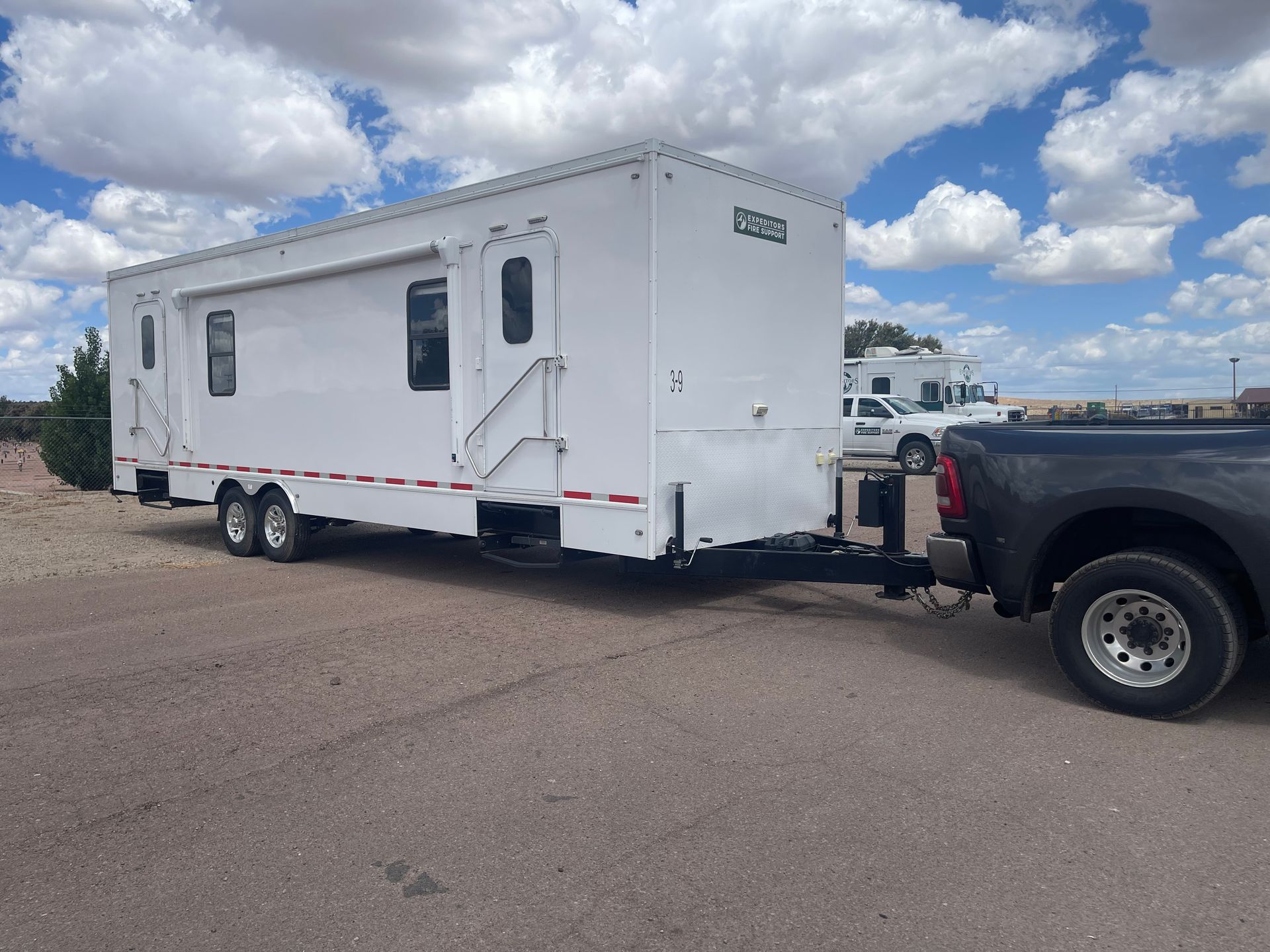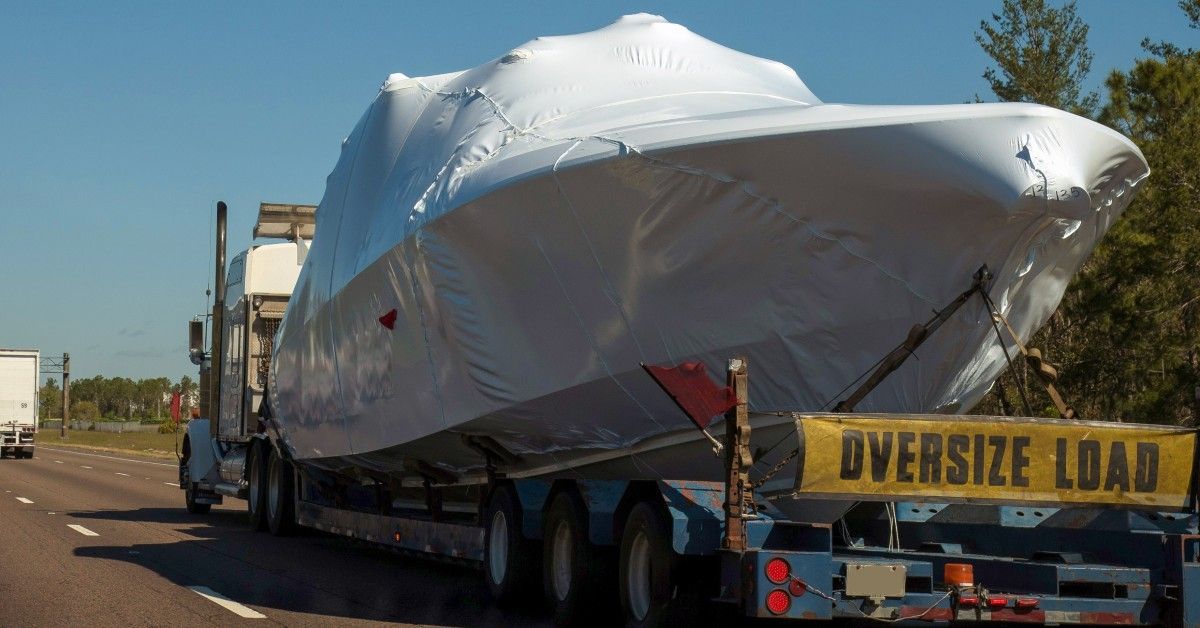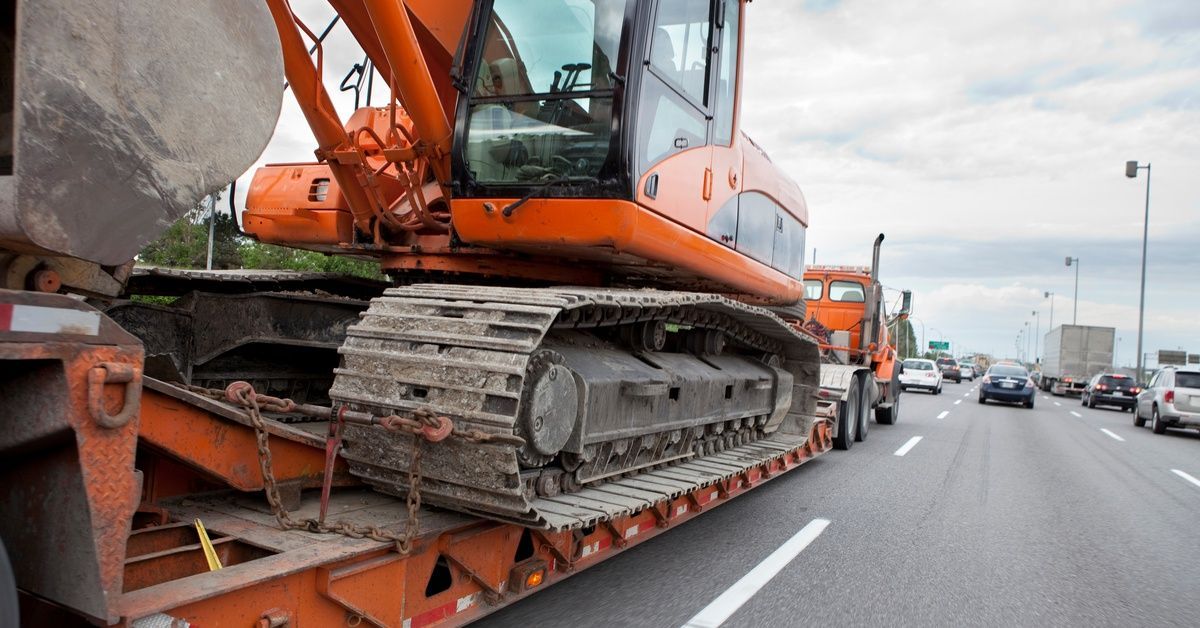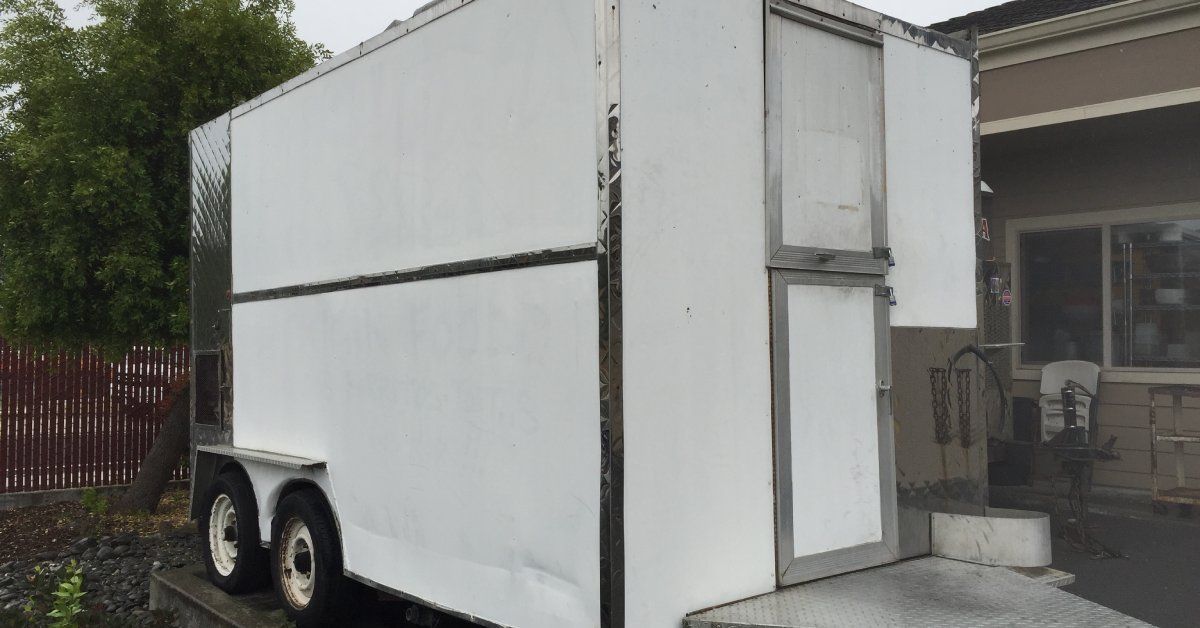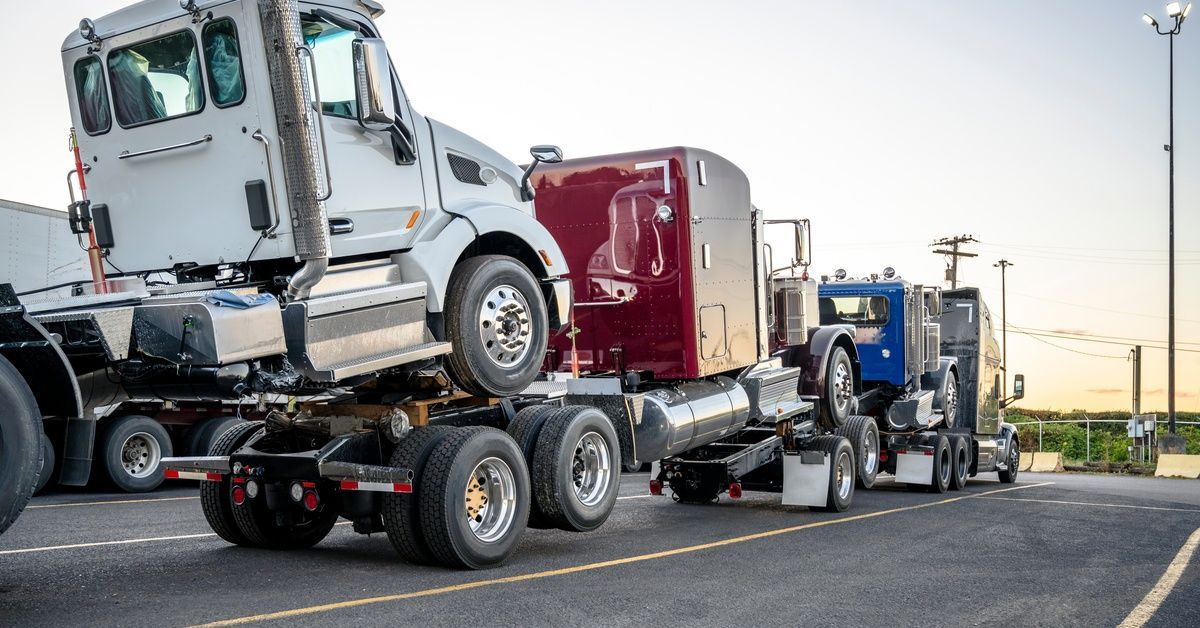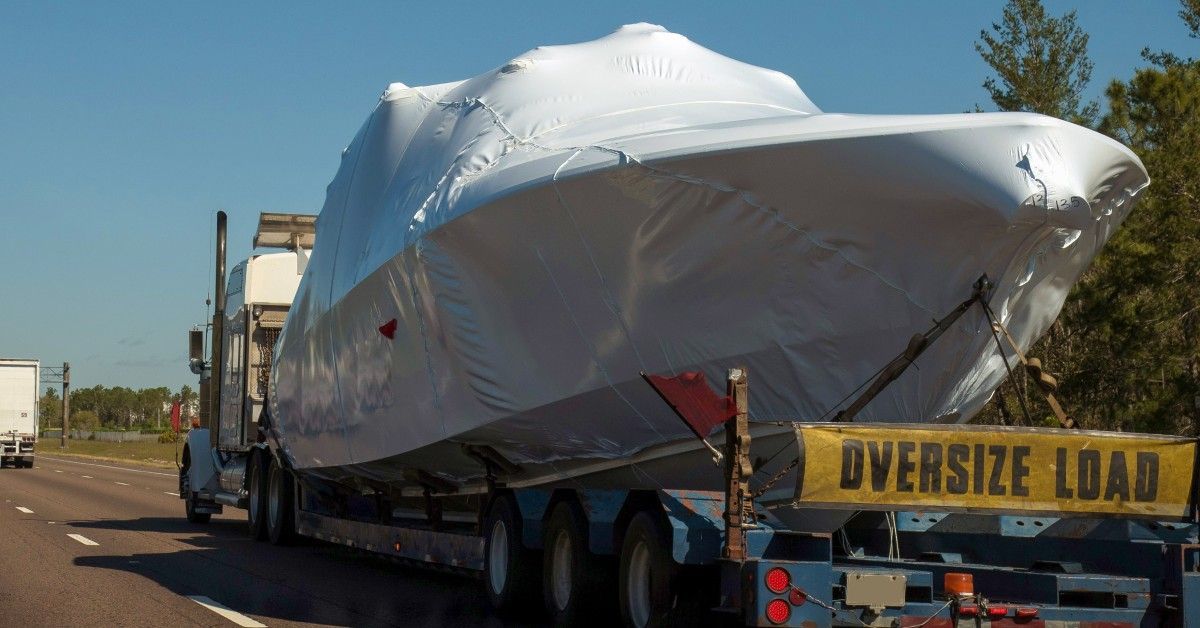What’s the Right Time of Year To Move a Tiny House?

You’ve finally found the perfect spot to park your tiny house, whether it’s in DeLand, Florida, or beyond. The excitement of settling into your off-grid dream home is real, but moving a tiny house isn’t as simple as picking a weekend and hoping for smooth sailing. It requires careful consideration.
Understanding elements such as seasonal road hazards, permit requirements, and professional availability will help you avoid delays or unexpected expenses. So, what’s the right time of year to move a tiny house? Let’s take a closer look at the factors that should drive your decision.
Weather Windows That Work
When planning a move for your tiny house, understanding regional weather patterns is essential to avoid complications. For example, the Southeast faces hurricane season from June through November, bringing high winds and heavy rain that can delay transport or damage the structure. In the Northeast, the spring months of March through May are referred to as “mud season,” when saturated ground conditions create hazards and restrict road access.
Western states typically experience wildfire season between June and October, which can close highways and increase risks during transit. Additionally, the Southwest must contend with monsoon season, usually from July to September, characterized by sudden, intense storms that reduce visibility and create flash floods.
Every region has its own set of seasonal windows during which weather conditions are more stable. For instance, late fall in the Southeast offers cooler temperatures and less storm activity, while early summer in the Northeast can be drier before the onset of heat and humidity. Knowing these windows allows you to plan your move during times when the weather is less likely to interfere with your move.
Road Conditions and Seasonal Hazards
Once you’ve identified an optimal weather window, it’s important to consider how seasonal factors affect road safety and accessibility. In colder climates, snow and black ice can make highways treacherous from December through February. Roads may also be treated with salt and chemicals during winter, which can accelerate wear on a tiny house’s exterior and trailer components if exposure exceeds several days.
Spring thaw in northern states brings mud, making unpaved roads unstable and causing delays in loading or unloading. Again, this typically lasts from early March to mid-May, depending on the year’s snowfall and rainfall.
Summer presents different challenges. High temperatures can cause tires to overheat, increasing the risk of blowouts on long hauls through southern states during July and August. Road construction peaks during this time as well, leading to delays and narrow detours. In addition, wildfire-prone regions in the West often implement road closures or restrictions between June and October to protect public safety.
Recognizing these road conditions can help you choose not only the right season but also the best routes for transportation. It also allows you to communicate with tiny house movers about potential hazards they might face, enabling them to prepare contingency plans.

Route Restrictions by Season
Certain routes are seasonal and may close due to weather-related hazards. For example, many mountain passes in the northern US and Appalachia close from mid-November through early April because of heavy snow and ice. This can impact routes often used for long hauls. Contact state transportation departments at least two to three weeks before moving to confirm pass openings.
Back roads in rural or forested areas often enforce seasonal weight or width restrictions, particularly after heavy rainfall or spring thaw. Bridges and roads can weaken, so posted limits might be temporarily reduced from 10 tons to 5 tons. These restrictions may not be widely advertised, so working with local authorities or transport specialists can reveal hidden challenges. Rerouting can add 20 to 50 miles or more to a tiny home’s journey, affecting time and cost.
Seasonal road restrictions vary widely by state and county. Monitoring regional DOT websites for up-to-date information four to six weeks ahead can prevent surprises. Some jurisdictions update their restrictions daily during volatile seasons.
Traffic and Travel Timing
Avoiding heavy traffic is crucial for a smooth tiny house move, particularly on highways and in metropolitan areas. Late August is especially congested because school districts start back, resulting in increased commuter traffic. Thanksgiving week and the two weeks leading up to Christmas see a surge in holiday travelers.
For long-distance moves, midweek departures, especially Tuesday, Wednesday, or Thursday mornings before 8:00 a.m., provide the least congested roads. Planning your move during these off-peak days can reduce transit times.
Additionally, starting early in the day helps avoid the afternoon construction zones that are common in the summer months. Construction crews typically operate between 7:00 a.m. and 4:00 p.m., so moving before 7:00 a.m. or after 4:00 p.m. may limit delays.
Permit Timing and Delays
You must secure the necessary transport permits before any move. Depending on the state or locality, processing times can range from 5 to 14 business days. This means you should submit permit applications at least three weeks before your planned move date to account for any back-and-forth or unexpected hold-ups.
Note that permit offices in certain areas may close temporarily for local events, holidays, or storm preparations, further affecting timing. High-traffic seasons or unusual demand spikes can also delay approvals. Staying in close contact with permit offices during the application process ensures you’re prepared for any changes.

Availability of Professional Movers
Logistics moving companies typically face their highest demand during the summer, when most people aim to move before the start of the school year or vacation season. To secure a spot with experienced movers, plan to book at least six to eight weeks in advance during these months.
Alternatively, early spring and late fall usually have more availability and competitive pricing, as demand drops outside peak moving seasons. Keep in mind that transport companies may also prioritize contracts involving heavy equipment or other seasonal work, so booking early guarantees your move won’t be deprioritized.
Protecting the Structure
Tiny houses contain sensitive materials that respond differently to temperature extremes during transport. Caulking and sealants can crack or lose adhesion when exposed to temperatures below 30 degrees Fahrenheit.
Roofing materials, particularly asphalt shingles, become brittle in cold weather and are vulnerable to cracking from road vibrations. Conversely, summer heat exceeding 90 degrees Fahrenheit can soften roofing adhesives and cause wood framing to expand slightly.
For winter moves, draining water lines and adding pipe insulation 12 to 24 hours before departure is critical to prevent freezing and bursting pipes. Although for longer moves (over 200 miles), it’s best to shut off water systems completely.
Find the Best Timing and Team
So, what’s the right time of year to move a tiny house? Generally, mid-fall and early spring provide favorable balances of weather, road conditions, and cost. Regional and route-specific factors can adjust this window, however.
If you’re unsure about when to schedule your move or how to navigate these complexities, partner with One Call Logistics. With nationwide experience and a base right in DeLand, Florida, we offer expert guidance and reliable service to ensure your tiny home transport goes smoothly.
Reach out today to get your move on the right track!
